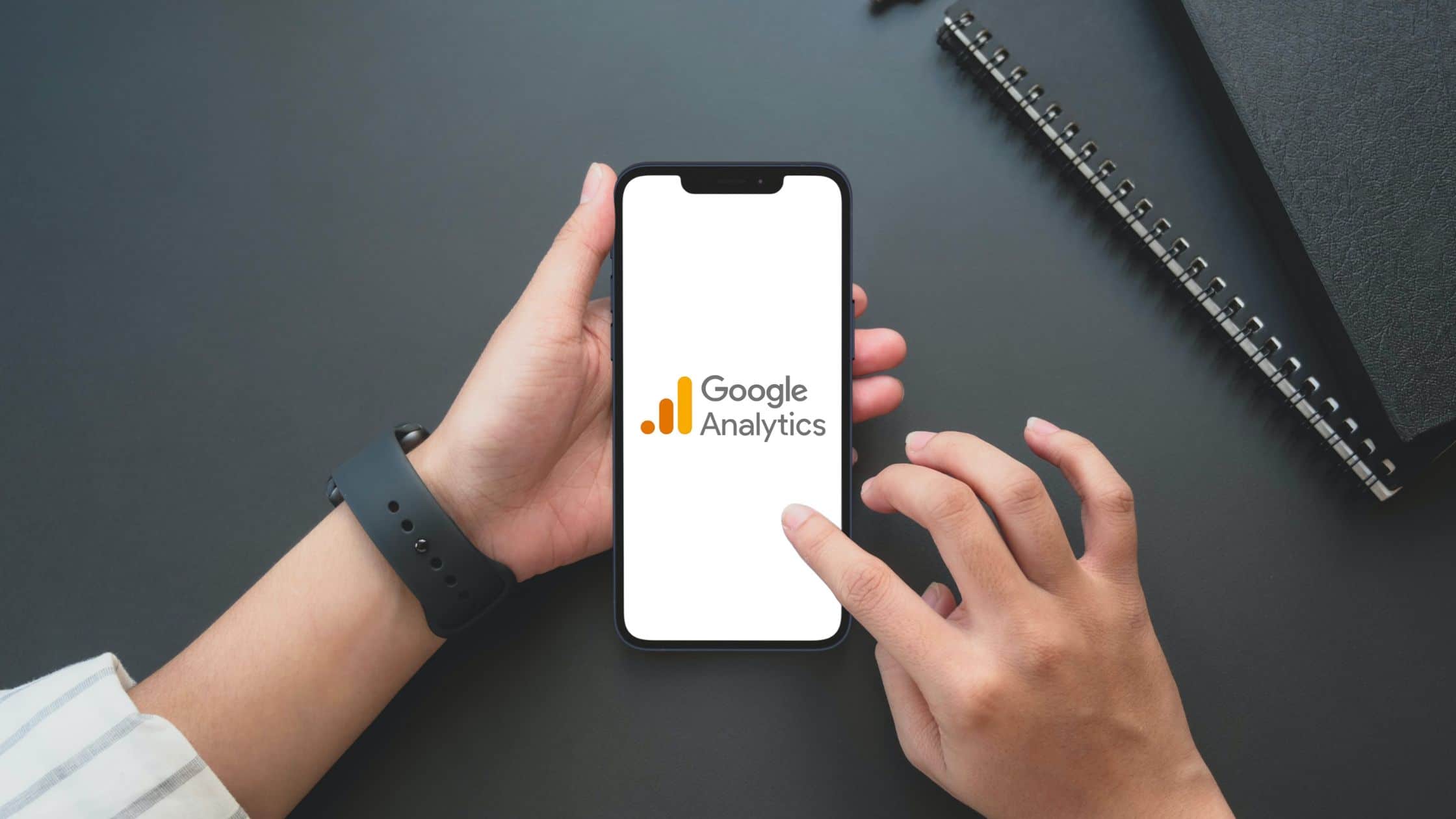A Guide To Shed Light on What Google Has In-Store and How You Can Prepare For The Introduction of Google Analytics 4
📣 Have you heard the BIG news, my friends?!
On 1 July 2023, Google Universal Analytics will STOP processing new hits and make way for the new kid on the block.
Google Analytics 4 (GA4).
You might be thinking… “2023! That’s ages away.”
But if you’re still relying on Universal Analytics and want a smooth transition to Google Analytics 4, then you’d better get a move on.
Why do you ask?
Because it takes time to collect data. Especially if you’re starting from the bottom up. If you’re proactive and start recording data now, you won’t have to start from scratch next year and that’s huge.
Read below to see how you can get started and make your transition as smooth as butter.

How Do Google Universal Analytics and Google Analytics 4 compare?
Now, let’s go back to basics for a minute.
Google Analytics is a tool that is used by almost 30 million websites in an effort to understand user behaviour and create an optimal user experience.
Google Universal Analytics is a version of Google Analytics that was created in 2012 to set a new standard for how user data is collected and organised. Its main job was to provide new tracking codes for websites and features that can more accurately measure user behaviour.
GA4 is not an upgrade to Google Universal Analytics, but actually a different version of Google Analytics that works on event-driven-based models.
Events are triggered as users interact with your site or app. For example, someone visiting your page or clicking a button to perform an action. You simply create an event for your chosen activity, add the parameters to describe the event, and let GA4 work its magic.
What Does This Mean For Your Data?
Well, it means you can continue to use and collect new data in your Universal Analytics properties until 1 July 2023.
But after the cut-off date, your Google Universal Analytics properties will become read-only.
In other words, you’ll still be able to access the data, export it, and make configuration changes. But from July onwards, there’s no further data collection. So it’s best to try and gather as much information as possible until July 1st so you’re not left in the dark.
Also, if you haven’t gotten up and running with GA4, I recommend starting NOW.
This gives you time to get used to the new software and start collecting data before transferring over completely.

How Should You Prepare For The Big Move?
Like all relocations, it’s best to get organised and familiar before you dive in
Here are 4 tips I highly recommend to get started and feel confident about the move:
- Document all your existing tracking in Google Universal Analytics
- Take a step back, look at your business model, and think strategically about what you need to measure to get the best results
- Plan out your event naming classification in Google Analytics 4 and take advantage of their new structure
- Look into training for yourself and any other people you work with so you can get the most out of GA4
I don’t know about you, but I’m excited to see the new innovative benefits GA4 will provide in today’s mobile-optimised environment. And while Universal Analytics will continue to be available to users, it’s going to be imperative for both to be set up and run parallel to get the most out of the experience.
I hope this blog has given you a better understanding of what’s coming on July 1st, 2023 and shed some light on what you can do to get ahead in time for the deadline!
What do you think of the new announcement?
If you have questions or want some support and professional advice, get in contact now. I’m always happy to help. 💌

